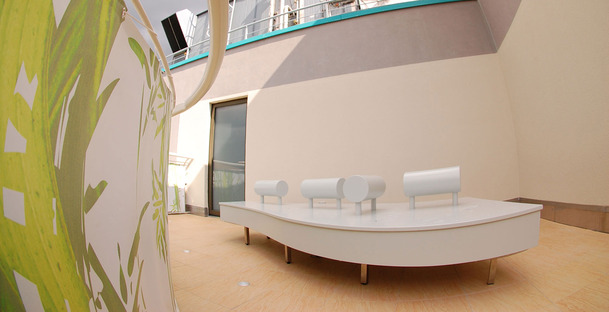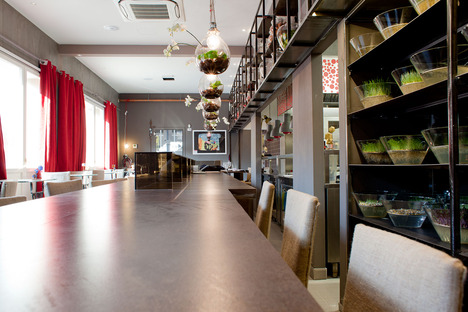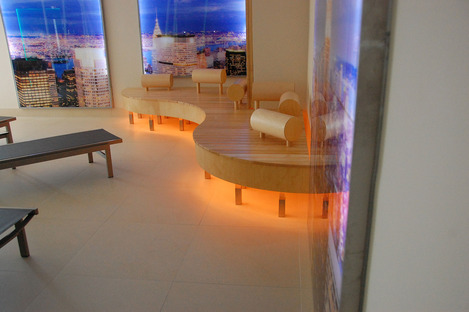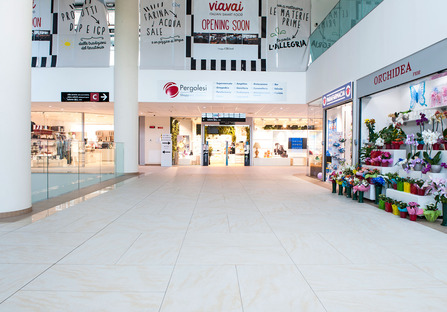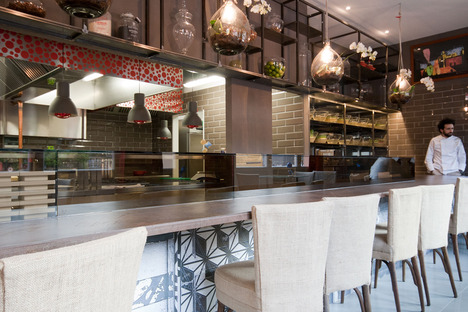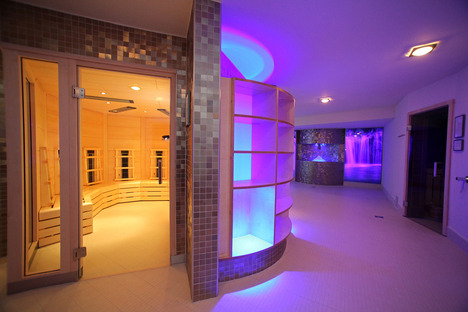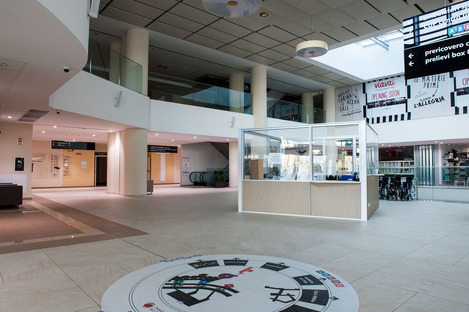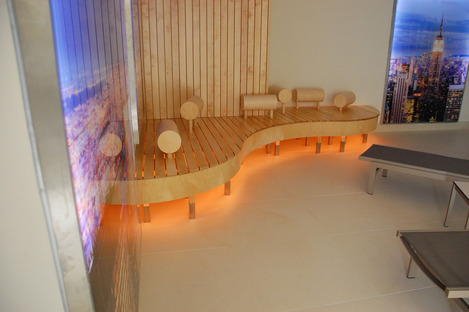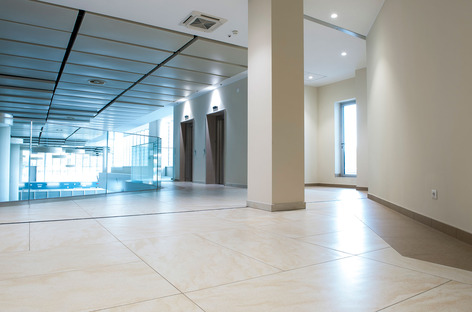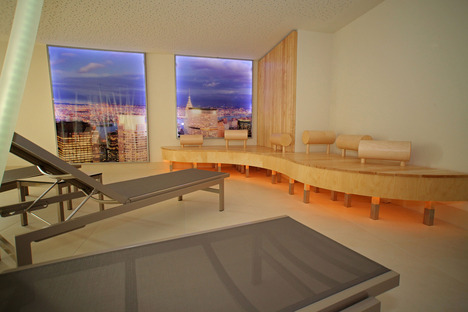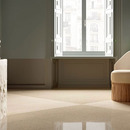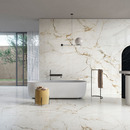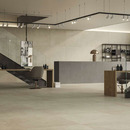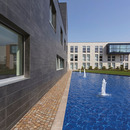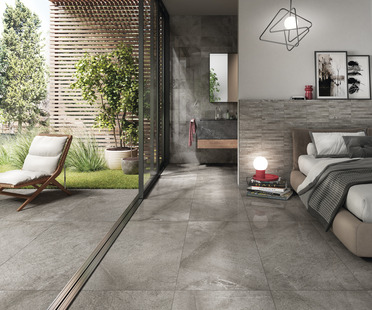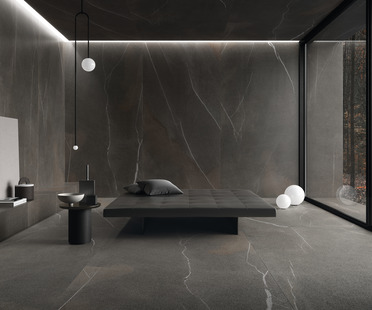28-04-2020
Everyday hygiene and prevention: the antibacterial efficacy of Active 2.0 ceramic surfaces
rivestimenti, Green Architecture, Interior Floor,
ACTIVE SURFACES, Sustainability, Iris Ceramica Group, Grandi formati, ventilated facades, tabletop,
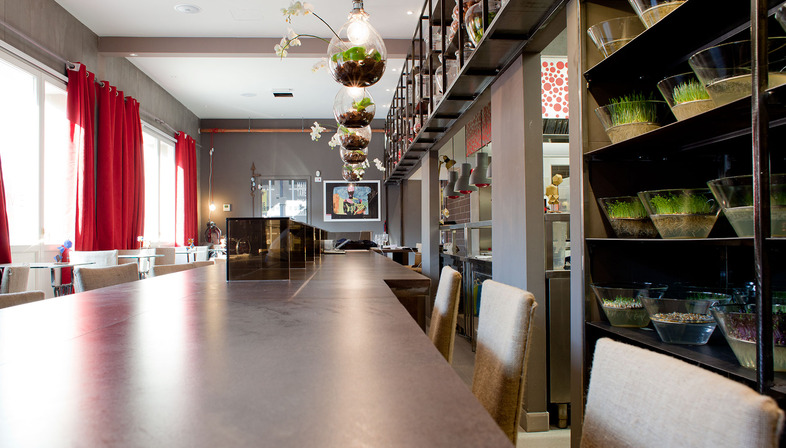
Research, innovation and sustainability are common keywords in the vocabulary of contemporary design, which increasingly focuses on improvement of quality of life.
The mission statements of the world’s leading multinational companies all now include declarations of intent regarding protection of the environment and the workplace and sustainable production, in a process that begins with the initial phases of selecting raw materials and ends with disposal.
At this particular time in history, these are increasingly essential keys to what appears to be the only way out of a difficult situation.
But when we reflect on these topics, a number of questions spontaneously come to mind: is it truly possible to design and produce goods that are capable of improving quality of life in the places where we live and work? In practical and scientific terms, what exactly does this improvement look like? Is its effectiveness constant over time, or will it weaken with age?
And will these materials stay beautiful and functional, even if designed with specific properties intended to protect the environment?
We can answer these questions with regard to one of the most exposed and sensitive areas of design and architecture: the design of surfaces.
The world of floor and wall coverings is a vast and highly diverse sector in which hygiene has always been a key factor, and not only in the home.
Just think how many surfaces we come in contact with every day, in public places such as hospitals, clinics, schools, children’s centres, cafés, restaurants, gyms, wellness centres, and so on.
The world of ceramic surfaces has for some years offered a solution with a real, concrete antibacterial and anti-pollutant action capable of reducing risk factors and tangibly, significantly improving hygiene in the places where we live and work, both indoors and outdoors.
This solution is Active Clean Air & Antibacterial Ceramic™, a photocatalytic ceramic that helps purify the air and make both floors and walls cleaner, healthier and more hygienic.
First produced in 2009, Active epitomises the synthesis and perfection that the Iris Ceramica Group brands have achieved in the field of environmental sustainability.
The Iris Ceramica Group has always focused on issues related to the environment and to green energy throughout its fifty-year career in the production of high-tech porcelain slabs, making the group an example and an international landmark in sustainability.
In addition to specific patents, Active is the world’s only anti-pollutant and bactericidal ceramic material with ISO certification. ISO standards offer a guarantee of the effectiveness of performance based on compliance with international scientific standards which are accurate and repeatable, with no possibility of alteration.
Active Clean Air & Antibacterial Ceramic™: a unique ecoactive productActive is described as "ecoactive", a neologism indicating a product that actively improves human health.
The scientific principle on which the material is based is “photocatalysis”. The term comes from the Greek words “photo”, meaning light, and “catalysis”, indicating a natural reaction accelerated by the presence of one or more additional components.
In the ceramic slab, this additional component is titanium dioxide (TiO2) fixed on the slab at a very high temperature.
In the presence of a light source (either natural or artificial), moisture and air, TiO2 triggers the natural process of photocatalysis, through which "a high concentration of hydroxyl radicals is formed on the ACTIVE ceramic surface, eliminating 99.99% of all bacteria in a perfectly natural way".
In practical terms, photocatalysis offers the following benefits:
- bactericidal efficacy, with destruction of bacteria (including antibiotic–resistant – MRSA bacteria);
- anti-pollutant efficacy, eliminating harmful substances present in the air (NOx and SOV, volatile organic compounds);
- self-cleaning efficacy, permitting easy removal of dirt and thereby reducing the need for use of aggressive chemical cleaning products;
- effective elimination of odours, degrading the principal odoriferous organic molecules responsible for foul smells and generating a more comfortable environment.
As these properties reveal, Active ceramic slabs are particularly recommended for all community settings where hygiene is a top priority.
These Iris Ceramica Group materials made of high-tech porcelain, selected for their long-lasting, top-quality technical and aesthetic performance, have been chosen for use in numerous projects including hospitals, rest homes and fitness centres, presented in our photo gallery.
But the properties of the ACTIVE range are definitely also appreciable in advanced architectural solutions such as ventilated façades, in which, even years later, we can continue to appreciate how the beauty of the design of ceramic slabs remains absolutely unaltered thanks to its self-cleaning properties; the combined action of sunlight and rain on photocatalytic slabs ensures that atmospheric smog cannot adhere to the surface of the ceramic, making cleaning and maintenance work superfluous and unnecessary.
Active 2.0The results that can now be achieved with the development of patented ACTIVE 2.0 surfaces add to the efficacy of the photocatalytic properties on which the Iris Ceramica Group’s proprietary industrial technology is based.
First of all, use of the most advanced digital printers permits uniform capillary distribution of titanium dioxide over the entire surface of each ceramic slab.
The result is a ceramic surface that is perfectly "pixelated" by TiO2, resulting in improvement of the efficacy of the process of photocatalysis while saving significant amounts of water and energy and thereby decreasing environmental impact.
The second improvement is addition of silver ionsto the patented formula containing titanium dioxide. The combined properties of these two materials allow the Active 2.0 ceramic slab to work with LED light (as the only product in the world capable of performing in this way) and even perform its antibacterial action in the dark.
ACTIVE technology is now applicable to any of the ceramic surfaces produced by the brands in the Iris Ceramica Group, including 300x150 cm maxi-slabs.
The qualities of ACTIVE ceramics are just what we need in the spaces for everyday living, from homes to workplaces and public spaces. Now more than ever, our health is important, and must be the focus of our attitudes and behaviour.
Today’s new technical and scientific applications represent the present and the future of the human race and the environment. Choosing a secure, patented product such as Active 2.0 is a concrete, far-sighted action bringing benefits for ourselves and for future generations that will be apparent right away.
Marco Privato










